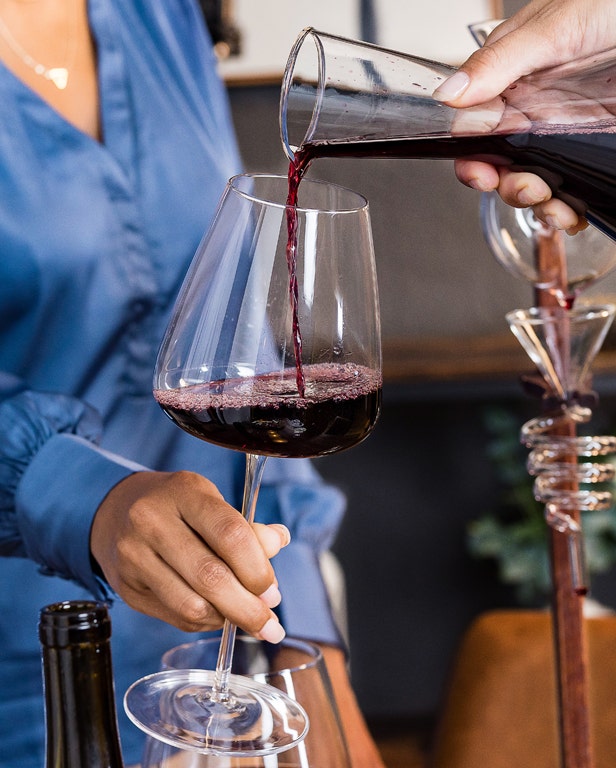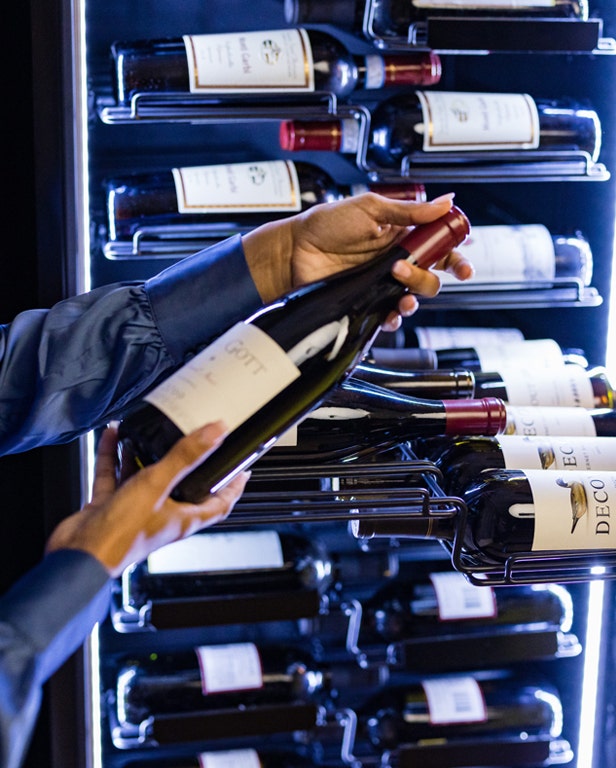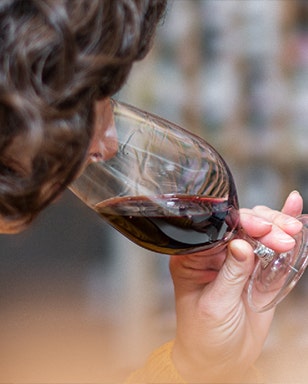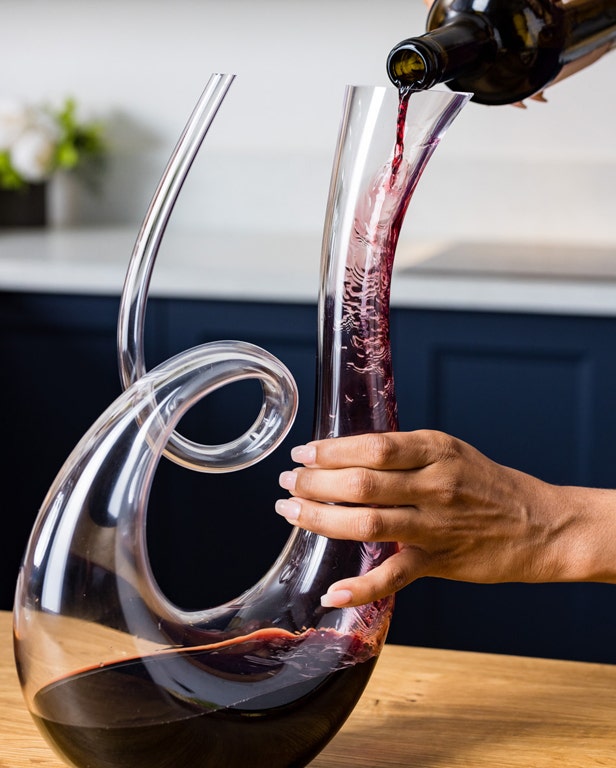Partners
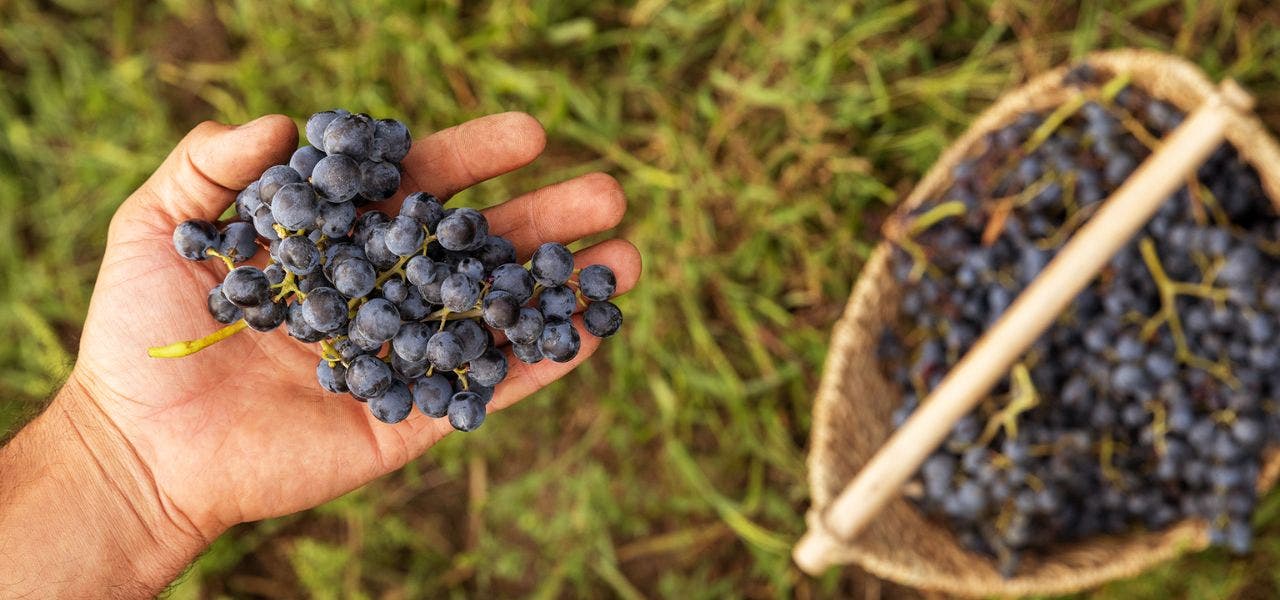

Saperavi: A Noble, World-Class Grape Variety
Saperavi, one of the world’s oldest wines, is becoming one of America’s fastest growing imports following a recent feature on Georgia, the birthplace of wine, by the CBS show 60 Minutes.
Saperavi is an ancient, thoroughly Georgian grape variety. Its exact origin is lost to time (archaeologists say it is 8,000 years old), but it is believed to hail from the southwestern region of the country or the Black Sea coast. Today, its current stronghold is in far eastern Georgia, although it’s found throughout the country. It’s the most-planted black grape in Georgia and accounts for 33% of the wine produced in the country. However, in the province of Kakheti (Georgia’s equivalent of Napa Valley), whose sun and warmth is favorable to the grapes, it accounts for 40% of wine made and makes some of the most complex, and age-worthy examples of this noble variety.


The name Saperavi means to paint or dye. The name is apt because the varietal is one of the rare teinturier grapes with red pulp and its resulting wines are dark. Saperavi has been staining wine glasses and khantsi, the traditional hollowed Georgian ram- or goat-horn vessel used to drink wine, for generations. While there are no sources on Georgian agriculture available prior to the 13th century, the varietal’s many clones or biotypes (17 are recorded and there are likely more) alone point to its long heritage.
Saperavi ranks high in every wine characteristic: deep color, bold flavor, crisp acidity, firm tannins and known age-worthiness. It is also highly versatile, used in rosé, dry, semi-sweet, sweet and fortified wines. It performs well when vinified and aged in traditional Georgian clay qvevri, does not mind stainless steel and is agreeable to barrel conditioning from woods of all origins and sizes. While frequently made as a varietal wine, Saperavi also blends well. It can be made into an easy-drinking wine or a bottling to age for decades.
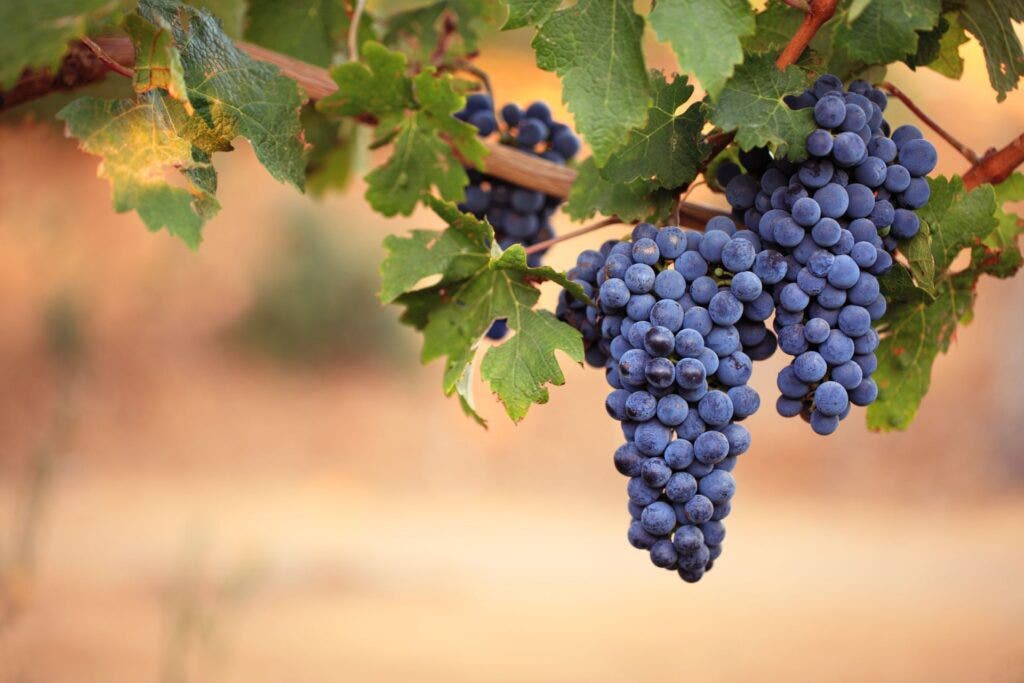
All of these assets give Saperavi gravitas on the global stage. Like many of the world’s great grapes, Saperavi’s aromas are highly sensitive to terroir. When grown in cooler mountain sites, the grapes give red berry aromatics and elegance; when grown in warmer regions with darker soils, they offer more black fruit and meaty notes, with higher alcohol levels. Saperavi’s structure, in both firm tannins and vibrant acidity, is comparable to other Vitis vinifera greats like Syrah and Cabernet Sauvignon. Parallels can also be drawn to Mourvèdre, Sagrantino, Tempranillo from Ribera del Duero and Toro (but not from Rioja), Touriga Nacional and Tannat—wines that share deep color. However, when made in cooler climates, Saperavi resembles Nebbiolo and Sangiovese.
Hardly in need of even more favorable characteristics, Saperavi is a hardy variety. It tolerates cold winters and drought. It is not stingy in yields either. Plus, Saperavi also travels well and far. Winemakers from Australia to New York State produce delicious reds and rosés from this Georgian legend.
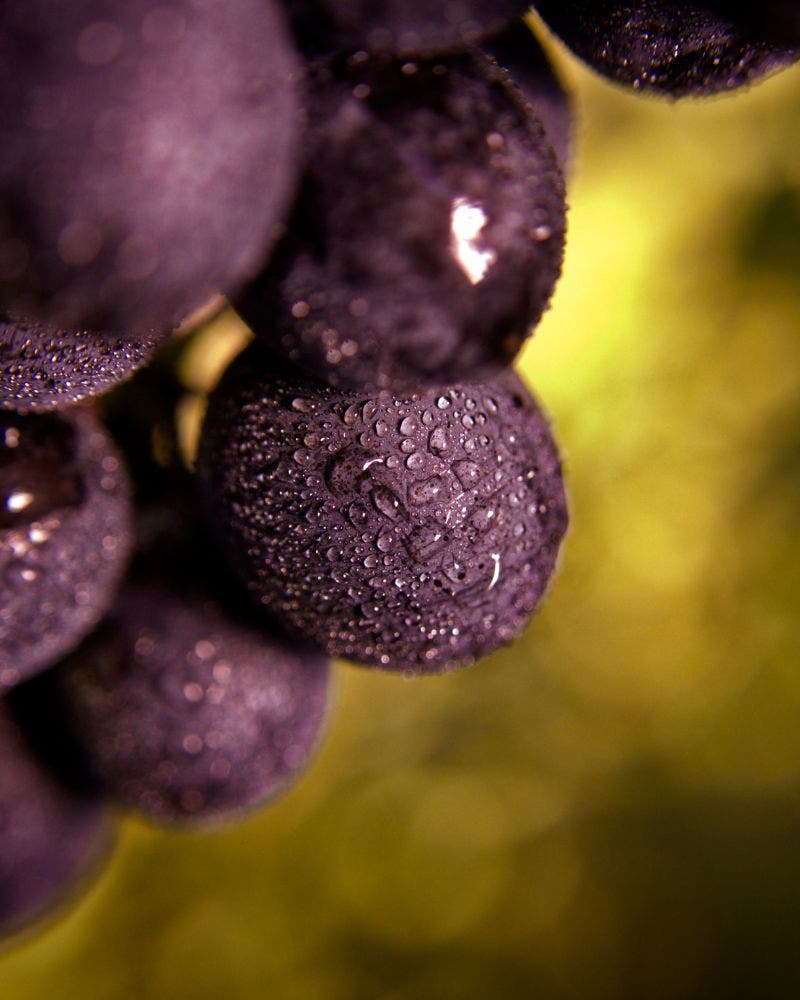
It’s rumored that Saperavi was first planted in the United States in 1958 by Konstantin Frank, a Ukrainian refugee of German heritage who had worked in agriculture and viticulture at the Polytechnic Institute of Odessa in the 1920s and 1930s under Stalin’s Soviet Union. Frank became a refugee toward the end of World War II and settled in the Finger Lakes area in the early 1950s. There he began a controversial crusade to convince skeptical winegrowers that European vinifera grapes could thrive in that climate and produce better wines than native or hybrid grapes. He was right. Successfully growing Saperavi was his finest accomplishment, and is still a shining example today at his family’s eponymous winery.


With Georgian food becoming better known in the U.S. (The New York Times named the Georgian restaurant Chama Mama as one of its Top 100 restaurants in 2024), Saperavi might soon become more popular too. Think of it as a gateway varietal that can unlock the amazing, complex flavors of this cuisine. Saperavi’s high tannin content and robust flavors make it a good match for Georgia’s flavorful and profound feasts, known as supras. Its acidity and flavor profile also work well with a range of modern American flavors and signature plates, including roast lamb and beef stews.
When you raise a glass of Saperavi, you won’t just be savoring its aromas; you will be drinking history, from 8,000 years ago to now. Gaumarjos!

